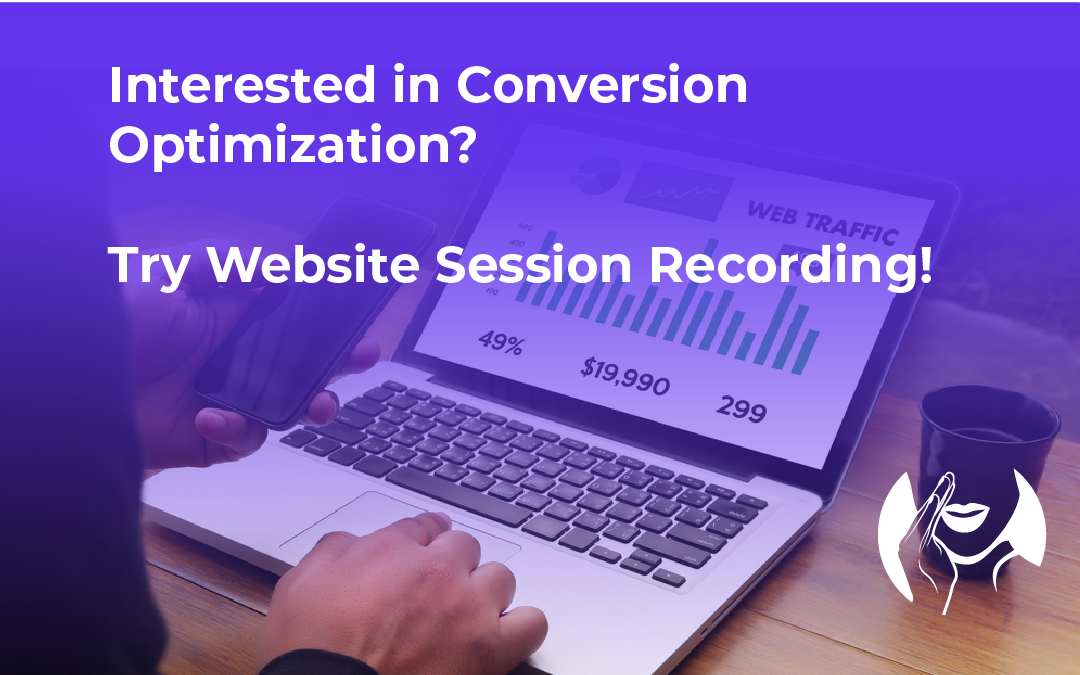Running a small business can feel like a rollercoaster. Managing employees and taxes are just a few of the many tasks small business owners juggle. Goal setting often gets pushed aside. But setting SMART goals can transform a struggling small business into a thriving one.
Picture this: you, confidently leading your small business toward its goals, with a clear plan and a sense of direction. That’s what SMART goals can do for you. Let’s take it from abstract to concrete – we’ll use everyday examples to guide you through the setup. To make a splash in federal contracting, you need a business plan that really delivers – we’ll show you how to get started.

Table of Contents:
- Decoding SMART Goals for Small Business Success
- Why are SMART Goals So Important for Small Businesses?
- Putting SMART Goals Into Action
- Examples of SMART Goals for Your Small Business
- Conclusion
Decoding SMART Goals for Small Business Success
SMART goals provide a framework for setting objectives that are Specific, Measurable, Achievable, Relevant, and Time-bound.
Specific
Vague goals like “increase sales” offer little direction. The first step to getting what you want is to identify exactly what that is. For example, “Increase produce sales by 17% in the next quarter through targeted social media campaigns.” This clarifies which products are involved, the target number, and the strategy.
To tap into federal government resources, small businesses need to get specific. A clear roadmap, rather than a hazy destination, is crucial.
Measurable

If a goal isn’t measurable, how will you know you’ve reached it? Small businesses that set clear targets can watch their progress unfold and revel in each hard-won achievement. Assigning concrete numbers is essential, like increasing social media engagement by 20% within six months.
Take a closer look at what shapes consumer attitudes and actions – we’re talking interests, lifestyles, and psychographics. This is how businesses get in sync with their customers. The curse of unclear objectives haunts many businesses, which is why having sharp, quantifiable goals is their last line of defense against drifting off course. Women-owned businesses, veteran-owned businesses, and minority-owned businesses looking for a helping hand can breathe a sigh of relief – this component is here to support them.
Achievable
Goals should be ambitious yet realistic, considering your small business resources and market conditions. Doubling revenue overnight is unlikely, while a 15% boost may be achievable with the right efforts.
Consider past performance and available resources. Break larger goals into smaller parts. Planning for the worst-case scenario becomes less of a headache when business development is going strong. Aim high, but be sensible about the means to reach your goals.
Consider consulting your local Small Business Development Center (SBDC) for guidance.
Relevant
Goals should align with your overall company objectives. If your focus is local brand building, shifting to international e-commerce sales may be disruptive. If a goal’s purpose isn’t clear, reconnect with your core mission.

For small businesses, getting support from organizations like the SBA means being relevant – it’s a fundamental requirement. Staying connected with your mission and purpose in rural communities, especially if your small business has been affected by a business disaster, can aid in disaster recovery. Explore resources for native American-owned businesses and connect with the American business community.
Time-Bound
Every SMART goal needs a deadline. It’s crunch time, plain and simple. Deadlines enforce discipline. Remember to set time-bound goals for ongoing development, such as refining DIY digital marketing strategies . The outcomes speak for themselves – this method gets the job done.
Time management is crucial for small business owners who want to turn their limited resources into major assets – it’s all about using them smartly. Imagine having the financial backing to take your business to the next level – this approach makes it possible by facilitating timely task completion and, ultimately, securing much-needed credit.
Goal setting – it’s the starting point for countless small businesses that chase real growth and sustainability.
In daily operations, small businesses sometimes underestimate SMART goals. Define what you want to achieve, and suddenly everyone’s laser-focused on making it happen – a cohesive unit working towards realistic aspirations. The team sees a plan and feels motivated because everyone understands the “why”.
Get your goals down on paper, and suddenly they start to feel more real. Digging into the details is what drives progress – and that’s exactly what studies allow us to do. Scrawl down those goals and you’ll discover that putting pen to paper increases your success rate by a staggering 42%. The consistent quality of work is palpable – each task bears the mark of a job well done, reflecting a strong commitment to excellence. Seek help through the Small Business Administration (SBA) if needed.
Putting SMART Goals Into Action

How do you set SMART goals within your small business? What stumbling blocks is your business prone to? Perhaps it’s Chronos-stealing employees or team members who’d rather be anywhere else.
After identifying problems, create detailed objectives by addressing the five SMART points: Specific, Measurable, Achievable, Relevant, Time-bound. After answering “yes” to all five, the objective becomes a solid goal. Then put your small business goals in writing and prioritize them with timelines. Use available resources like those found on the SBA official website and find local support. Employee engagement strategies, like the ones found here , can boost morale and productivity.
Examples of SMART Goals for Your Small Business
| Area | SMART Goal Example |
|---|---|
| Hiring | Hire two marketing specialists with social media expertise by Q3 to bolster our online presence. Utilize targeted online job boards and employee referrals. |
| Customer Service | Implement a new CRM system within the next two months. Train all customer service representatives by the end of Q2 to improve customer response times. Increase satisfaction by 15% by year-end as measured by customer satisfaction surveys. |
| Finance | Secure small business grants totaling $10,000. Research and apply for at least five grants in relevant areas like sustainability or innovation over the next four months. Attend workshops this year offered through America’s SBDC program to gain free mentoring and strengthen our business. Stay updated on policy issues like tax credit changes in 2025 and follow important developments via Regulations.gov and WhiteHouse.gov . |
All roads lead to this moment: taking stock of what we’ve learned and surmising what it all means.

Establishing clear goals is the backbone of small business success – they help shape your vision and drive your progress. Aligning your efforts with these guidelines is like getting a key to a treasure chest – it unlocks the door to new opportunities, greater efficiency, and a team that’s mobilized to achieve their full potential. Imagine having a pipeline to federal resources and business credit that flows smoothly. Imagine what happens when small business owners fully absorb this fundamental business strategy – they transform into fearless juggernauts, taking on novel challenges with alacrity. So, write those goals down and set yourself up for success. Pair up with lenders who share your vision and get the funding you need through the Small Business Credit Initiative. Leverage the expertise of Small Business Development Centers for guidance. Now go make things happen.














